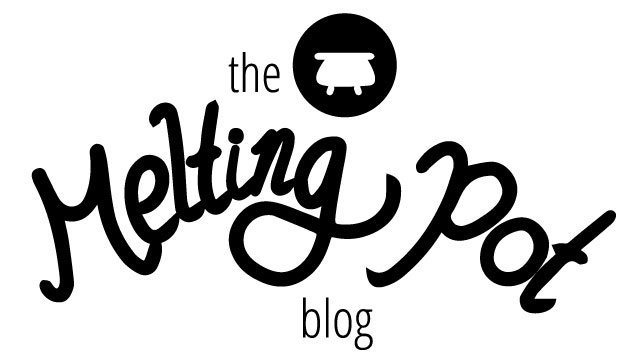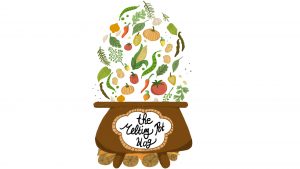France

Republique Francaise has a population of 68 million and is the largest country in western Europe.
Paris, often referred to as the “City of Love” is not just the french capital but is also considered to be the capital of fashion. The landscape of France consists of mostly flat plains and mountainous regions situated in the south. The tallest mountain peaks at 15,782 ft ( 4,810.45m ) above sea level and is located in the Alps on the French-Italian border. Mont Blanc is the highest peak in Europe.
The History of French Cuisine During The Middle Ages
During the Middle Ages we noticed that medieval cuisine was quite important in France. There were multiple courses prepared, but they were served all at once. With that in mind, pies were very common for banquets, and they were served with wine. Unlike other countries, France was not neglecting meat, and instead they added in sausages, bacon and beef to many dishes. Sea mammal meat was also eaten often during those times, although that has changed in modern times. Medieval times saw the use of long pepper, cubebs or grains of paradise, things that we just don’t see in modern recipes these days.
The History of French Cuisine During The Early Modern Period
Francoise Pierre La Varenne (1615-1678), was a French chef and is credited for reforming french cuisine. As during the late medieval period, food was often heavily seasoned with exotic spices such as cumin, nigella seeds, saffron, and cardamom. Instead, La Varrene focused on bringing out the natural flavours by using local herbs such as: thyme, tarragon, parsley & sage.
These were the foundation blocks for what was to come. As Chef’s continued to simplify recipes in contrast to medieval cuisine. Using seasonings to complement ingredients rather than to mask .
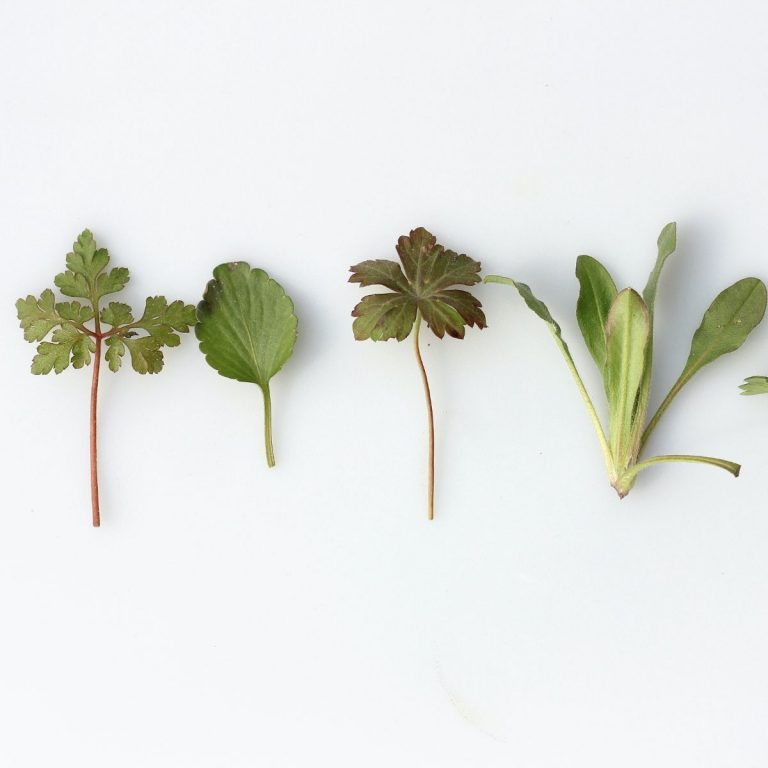
He also authored the first comprehensive pastry making book .
Mary Antoinette’s private banquets, were less lavish than public banquets as she preferred her food made with lesser ingredients, bringing out the natural flavors.
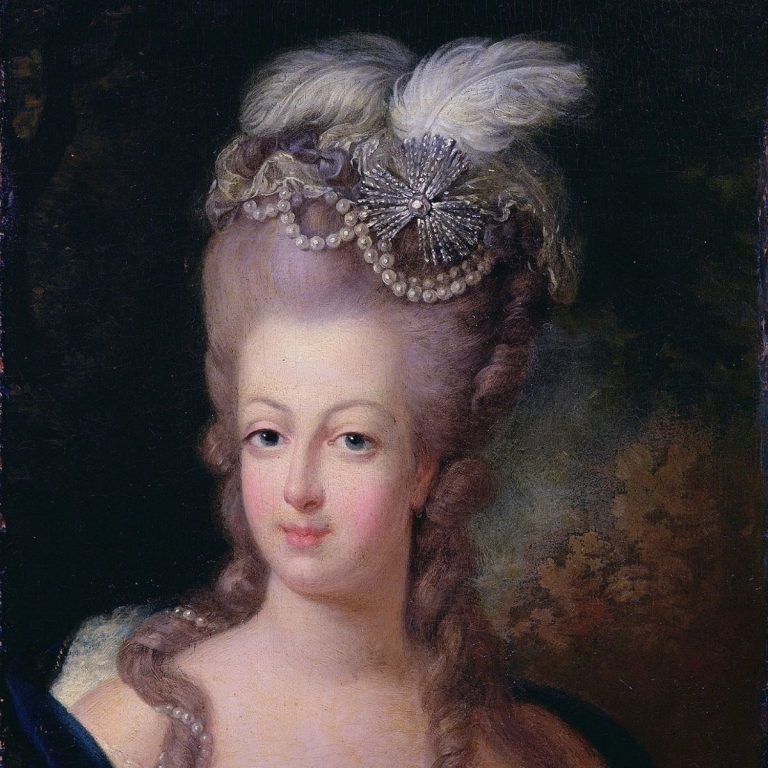

Just before the French revolution, during the reign of Louis XVI, people were dying of starvation. Bread shortages and an increase in living costs were all significant factors that later lead to a revolution. So the King decided to host a competition to find a new crop that could rival bread and save France from famine. Potato was chosen as a worthy replacement but as it was considered pigs fodder and superstitiously believed to have caused leprosy. A Royal Potato Banquet was held to dispel any misconceptions.
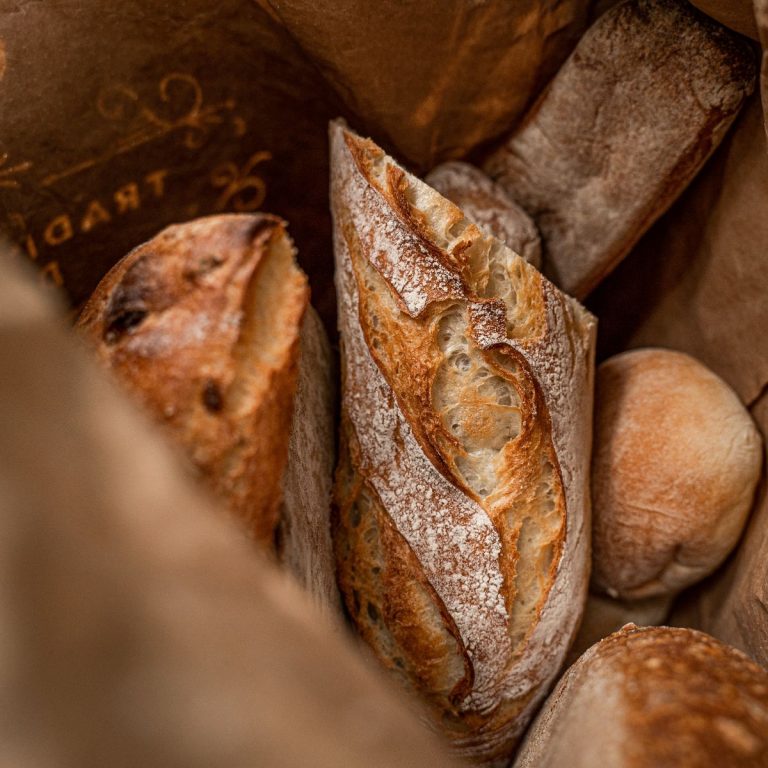

Food In France After The French Revolution
After the French Revolution in 1789, people were no longer bound by the Guild system. This enabled a boom in culinary creativity, which led to the first Restaurants and Critics.
Marie-Antoine Careme, was a celebrity Chef who opened up a Patisserie in 1803. He gained a reputation due to his confectionery centerpieces known as a Piece Montee. These were elaborate architectural centerpieces that are edible but not meant for consumption, purely decorative and to be admired.
As his talents were recognized Careme was challenged by Napoleon’s Chief Diplomat to create a whole years menu without any repetition and he was only to use seasonal produce. He succeeded and went on to write hundreds of recipes and menu plans for lavish banquets. Till today, he is credited to be the founding father of Haute Cuisine or High Cuisine. At the time only reserved for the upper class, Careme was invited to cook for various diplomats around the world.
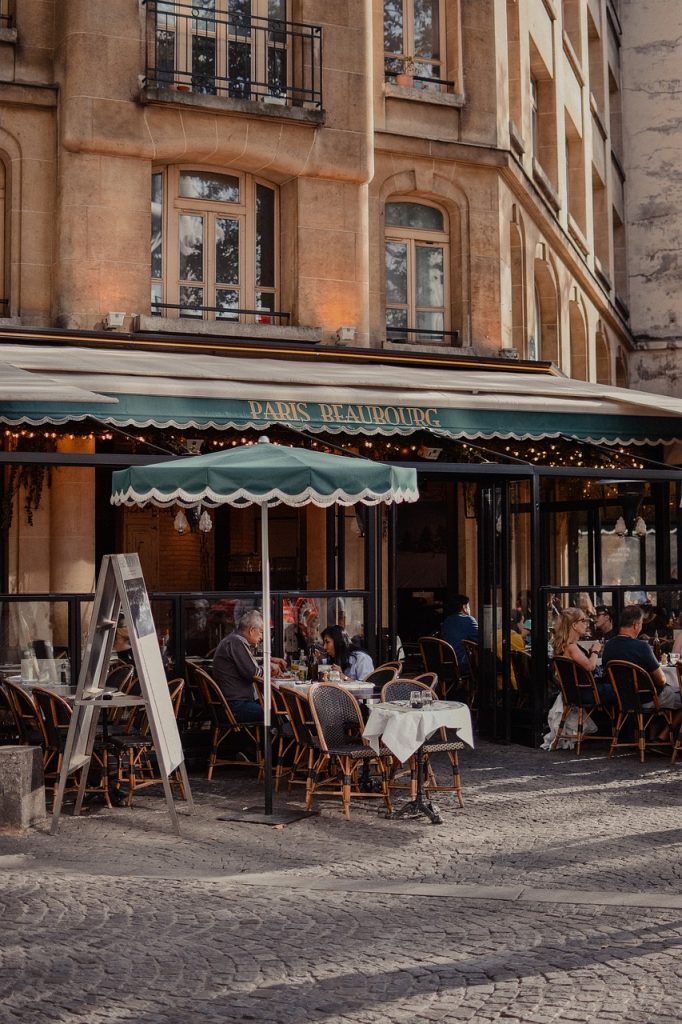
After the French revolution, chicken based recipes and dishes that were quick to eat became a lot more popular. Bread was also a staple during that time, although there was a huge fear of famine at that time. soufflés appeared for the first time, and the same thing can be said about some of the mother sauces like bechamel, velouté or espagnole. However, soon after that, people started focusing more on creating complex, more distinctive dishes with a variety of elements. It was common during the early 20th century to have different chefs working on the same dish, but on a different part of it.
